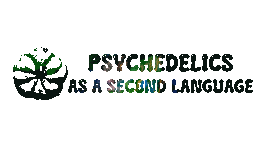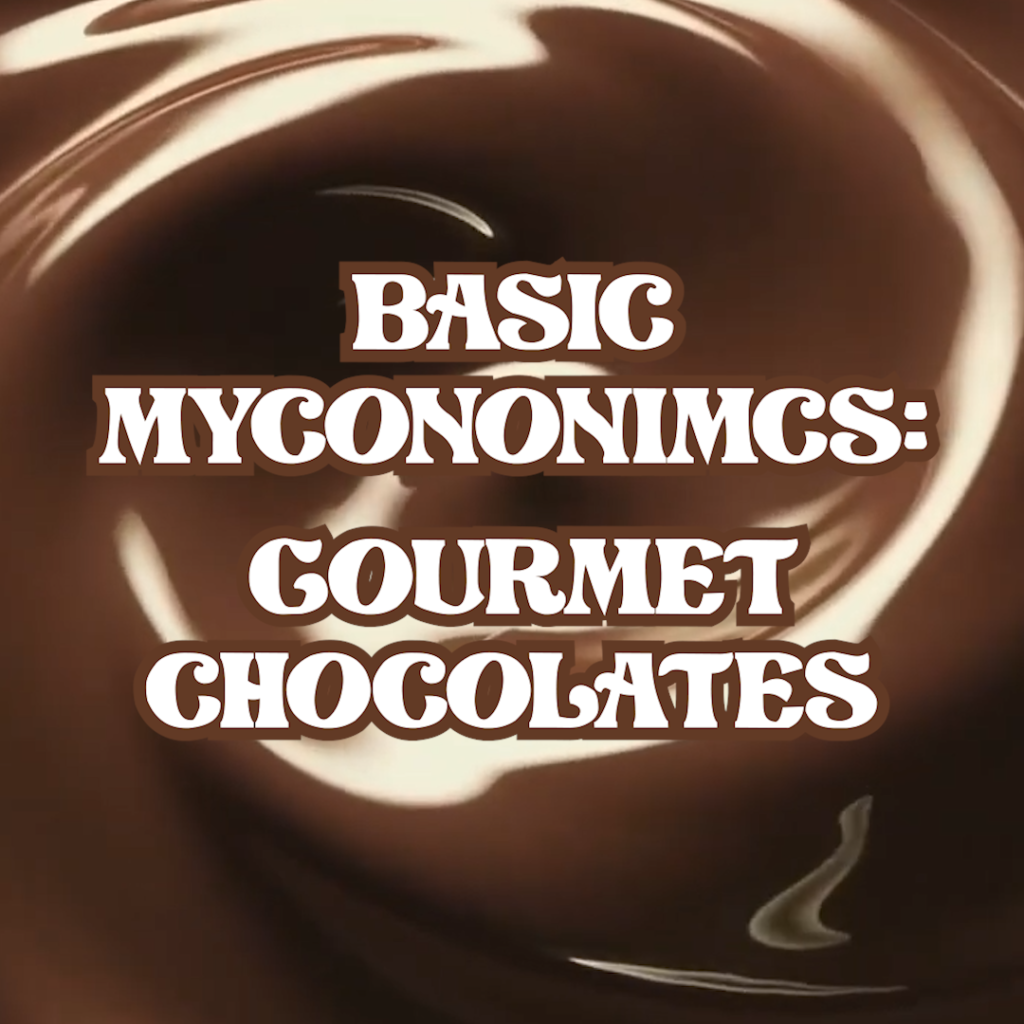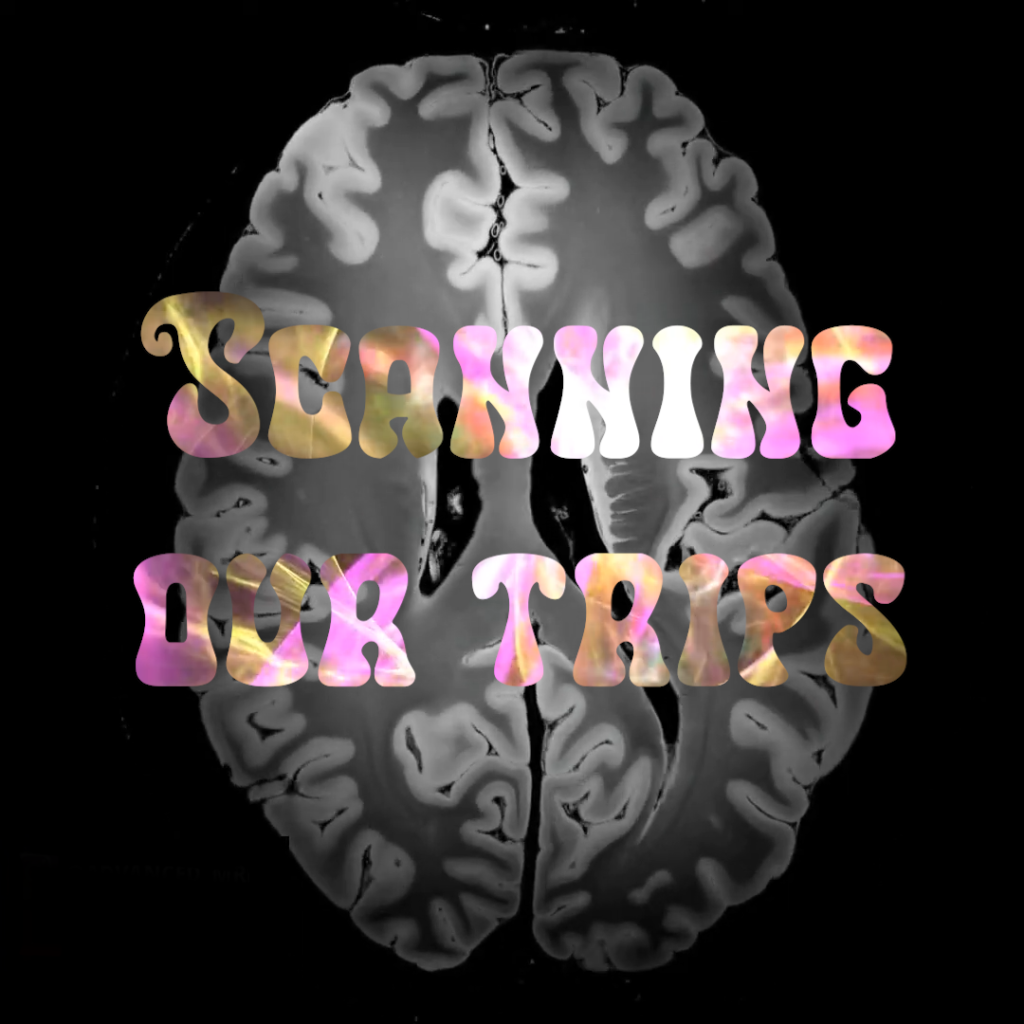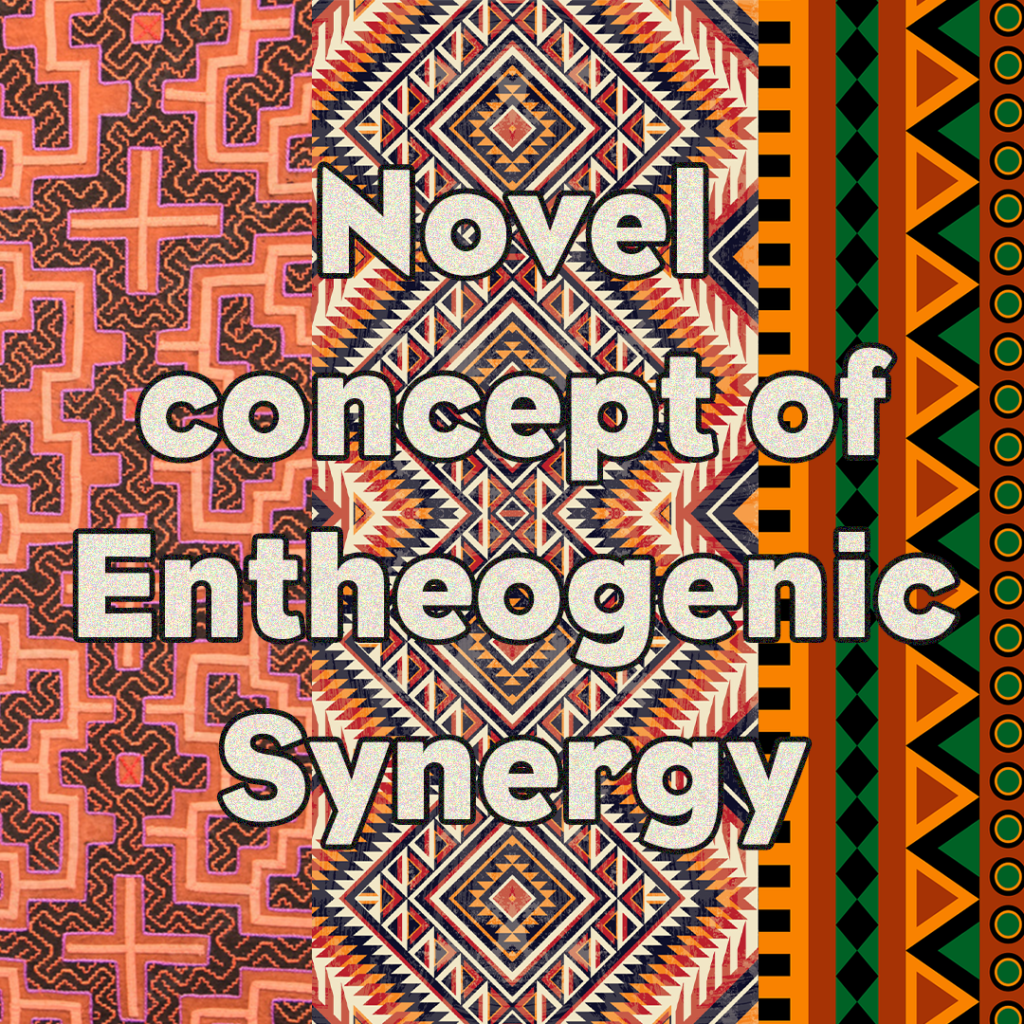5-MeO-DMT life-changing experiences might have been debunked!
What we thought to be a toad life-changing trip might be more than that, a new study claims!
For quite some time, the psychonaut community has focused on inducing intense mystical experiences with Bufo Alvarius (Incilius Alvarius), capable of life-changing experiences and altering how we perceive life.
However, new research proves that something else is happening to our brains while such experiences occur within our minds!
5-MeO-DMT life-changing experiences might have been debunked! Read More »










